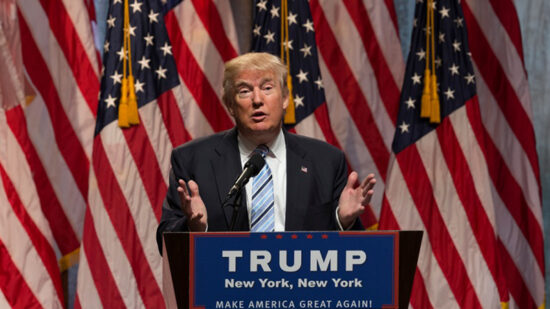As the search for uncorrelated assets intensifies, investors should pay attention to the performance of Indian and Chinese equities, according to Iboss’ investment and managing director Chris Metcalfe.
Led by unprecedented levels of fiscal and monetary support, coupled with substantial foreign investment and an ever-increasing retail demand for stocks, Metcalfe said that Indian equity markets kept surging in May.
Continuing their strong run of performance year-to-date, with a gain of 6.1%, the MSCI India Index was the top performing index in May, beating the MSCI Europe and MSCI UK into second and third place with gains of 2.75% and 2.57%, respectively.
In contrast, the MSCI North America Index fell 1.46% and the MSCI World ended the month down 0.49%.
Immune to covid
“Not surprisingly, the growth-heavy US markets have continued to underperform their more value-orientated developed peers, such as the UK and Europe,” said Metcalfe. “However, two countries are considerably less correlated with the rest of the largest global equity markets.
“Those are India and China, which makes them popular with many asset allocators, including ourselves, as the search for non-correlated assets intensifies.”
Looking at the three year correlation of the world’s largest equity markets, Metcalfe noted that with correlations of 0.39 and 0.54, the MSCI China and India indices were the least correlated to the MSCI World. To put this into perspective, the MSCI All Countries Asia Index carries a 0.83 correlation, while the MSCI North America Index is almost perfectly correlated at 0.99.
“While the mainstream media, both inside and outside of India, have quite rightly been following the unfolding and heartbreaking covid situation over recent months, markets remain mainly immune to human suffering,” said Metcalfe.
“In some cases, and this is particularly disconcerting on a human level, they often prosper in times of the most extraordinary hardship.”
Look ‘beneath the bonnet’
While China maybe less correlated to global equities, its performance has lagged year-to-date, with the MSCI China Index down 0.83%. But this is not putting off Luc Filip, head of discretionary portfolios at SYZ Private Banking.
“In the second half we also expect that Chinese equities will continue to be volatile because of the changing regulatory environment and pressure on technology firms,” he said.
“We remain positioned in this market despite the short-term uncertainties as we believe China’s economic strength merits a structural exposure in portfolios.”
Ryan Hughes, head of active portfolios at AJ Bell Investments, added direct exposure to both India and China earlier this year. Not only did he see the attraction of both countries on a long-term basis, he also did not want to be beholden to take the weight that comes with investing in the broader Asia/emerging market indices.
“While China has taken much of the limelight in recent years, India continues to establish itself as an economic superpower with it on course to be the world’s third largest economy by 2030,” said Hughes.
“Over the last year, it may surprise many to see that MSCI China and MSCI India actually have negative correlation, debunking the view that there is little diversification benefit from investing in the big economic powerhouses.”
While investing in both these countries comes with the expectation of some volatility, Hughes argued that from a portfolio construction perspective, there is real benefit from looking beneath the bonnet of emerging market countries to improve the overall efficiency of portfolios.








